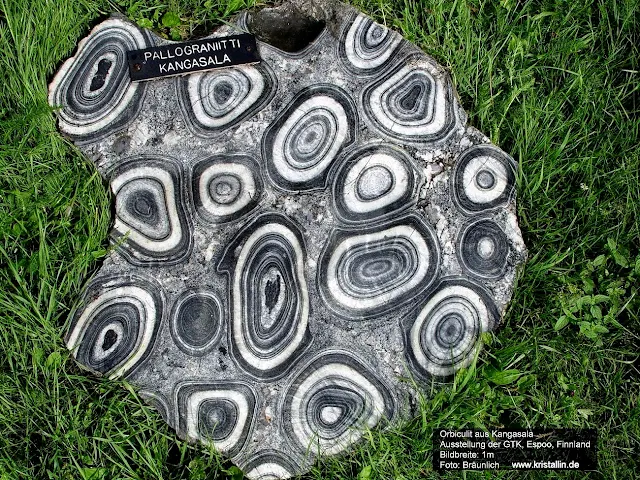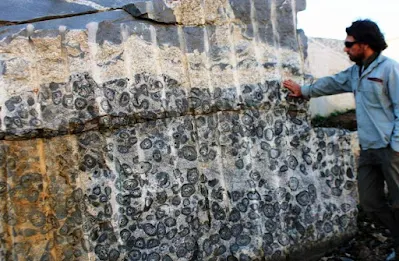What Is Orbicular Granite?
Orbicular granite is a unique and visually distinctive type of granite characterized by the presence of orbicular (rounded) structures or concretions within the rock matrix. These orbicular structures are composed of concentric layers of minerals, creating spherical or ellipsoidal patterns that stand out against the background of the granite. Orbicules can range in size from a few centimeters to several meters in diameter.
Orbicular structures in granite are believed to form through a process known as orbicular segregation. This involves the precipitation of minerals in a concentric or radial pattern around a central nucleus.
The orbicules are formed by crystallisation from a fluid-rich
supercooled dioritic magma nucleated on seed crystals. The orbicules
appear to have settled under gravity while each was still a skeletal
mesh of crystals, since the orbicules are frequently deformed or moulded
against one another. The accumulation of orbicules depletes the magma in mafic elements, and increases the silica and fluid content, and the granite nature of the matrix. Biotite flakes cut primary crystals and are thought to be secondary.
The exact mechanism of orbicular segregation is not fully understood, but it is thought to involve the interplay of mineral crystallization and the influence of fluids during the cooling and solidification of magma.
 |
| What Is Orbicular Granite? |
Orbicular granite can exhibit a variety of colors depending on its mineral composition. Common colors include shades of pink, gray, black, and white. The orbicular structures themselves often contrast with the surrounding matrix, creating visually striking patterns within the rock.
 |
| Orbicular granite, an unusual type of granite, near the town of Caldera, northern Chile |
 |
| Orbicular granite cut by a co-magmatic intrusion of granite and fine-grained diorite. |
While orbicular granite is relatively uncommon, it can be found in various locations around the world. Notable occurrences include places like Madagascar, Corsica, Norway, and the United States. Each occurrence may have its own unique geological history influencing the specific characteristics of the orbicular granite found in that region.
Due to its distinctive appearance, orbicular granite is sometimes used as an ornamental stone in sculptures, countertops, and other decorative applications. The unique patterns created by the orbicular structures make these granites sought after for aesthetic purposes.
